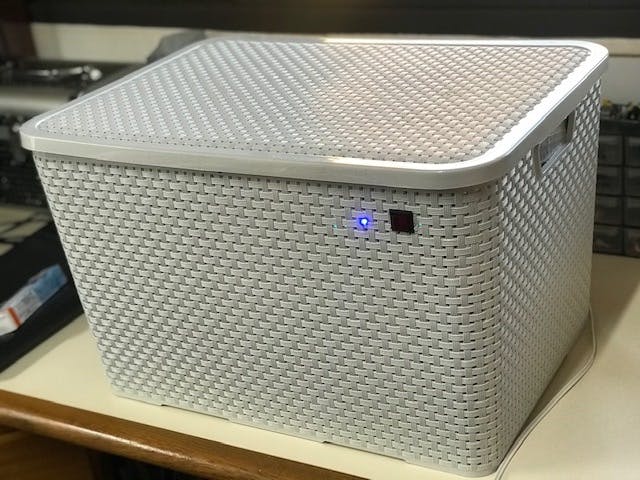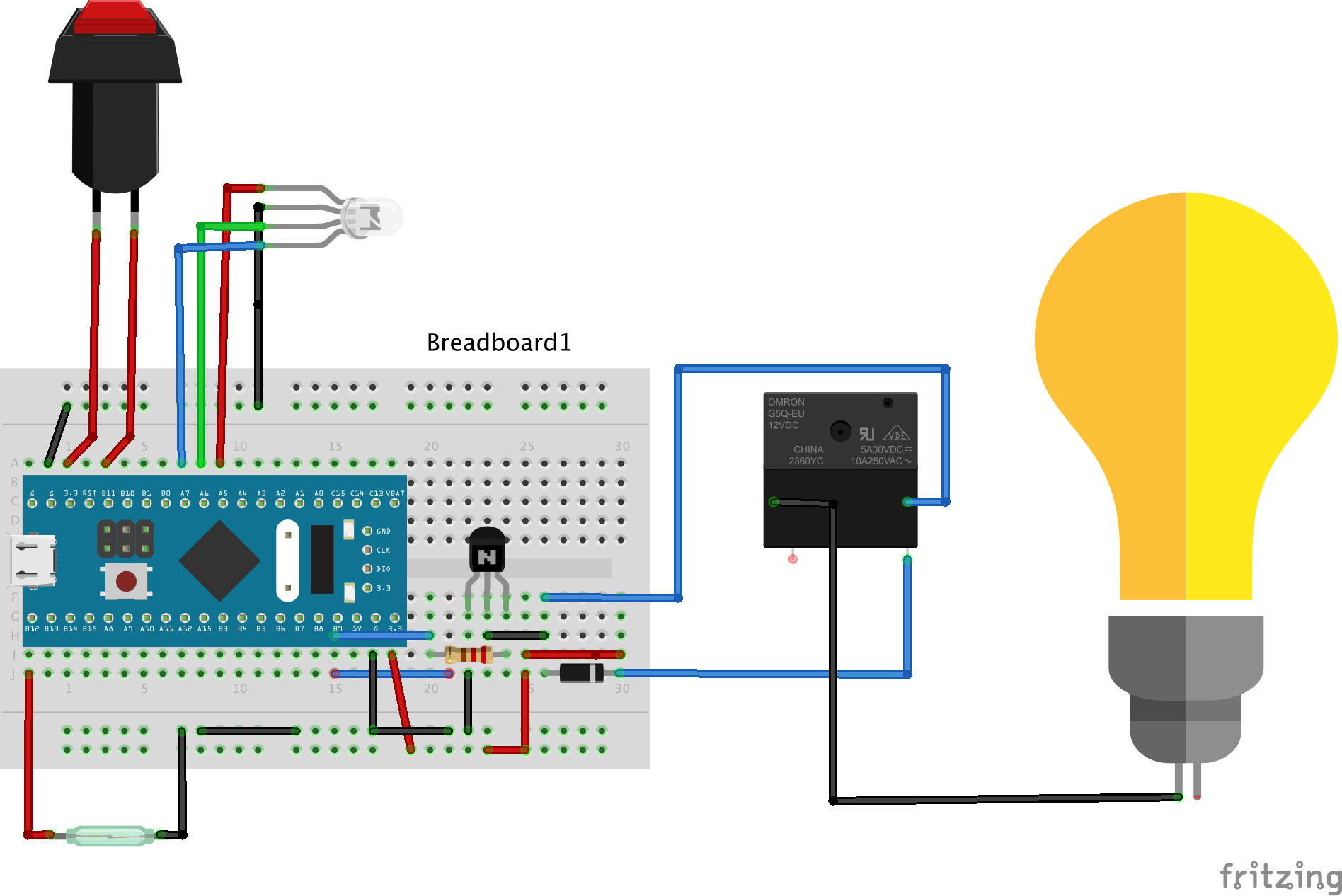The ideia
My wife has always complained that one of the unpleasant activities that the new normality has brought about is the concern of cleaning supermarket purchases. So I thought about using a tool widely used in Biotechnology called decontamination by applying UV light and after some studies and calculations I decided to develop a sanitization chamber, not only for our personal use, but for all the residents of my building.
The knowledge
Ultraviolet germicidal irradiation has been a mainstay for killing and inactivating microorganisms for well over a century. This process utilizes short-wavelength ultra-violet C light to kill microbes. UV-C light encompasses a range of 100 to 280 nm, but the most effective wavelength for decontamination is between 250-260 nm. Exposure to the light inactivates microbial genomic DNA. UV-C light creates lesions called thymine dimers, which cannot be resolved by cellular-DNA repair mechanisms. This injury to cellular DNA impairs vital cellular functions and ultimately leads to the death of the microorganism. Thus, ultraviolet germicidal irradiation can be an effective means of sterilizing surfaces, instrumentation and facilities. (source: https://www.laboratory-equipment.com/blog/two-leading-decontamination-methods-uv-c-vs-hpv/).
The solution
I decided to develop a UV box using the sterilization method described above, using components that are easily accessible to most people and that would provide an easy and safe use, as exposure to UV light is harmful to health.
First of all it was necessary to choose the correct UV lamp and based in the correct UV dose necessary to inactivates the virus.
UV Dose = UV Intensity (μW/cm² ) x Exposure Time (seconds)According to Arguelles (2020), the dose necessary to inactivation os virus must be 150000µW.s/cm2 (Table 1), so according to Keitz equation described bellow, I found the correct UV intensity for the UVC lamp that I used in this project (Puritec HNS S 13W). Then I needed to adjust the exposition's time for about 18 minutes.
The Circuit
For this first version I used a BluePill board (the final version will use an Arduino MKR WiFi 1010 to give IOT characteristics to the project). The controller circuit needs these followings characteristics:
- One indication by LED when the UV-Box is ready to operates. Used green color on RGB LED;
- One indication by LED to show if the cover of UV-Box isn't present. It's very harmful the UV-C light radiation in the yes, so the lamp never be turned on when in this condition. Used red color on RGB LED;
- One microswitch to detects the cover of UV-Box;
- One indication by LED when the UV lamp is ON and the timer is working. Used the blue color LED in flashing mode;
- Ballast for the UV-C lamp;
- One button to start the process.
The firmware
As I decided to work at that first moment using an ARM microcontroller, I chose to use MBED Studio as the programming IDE.
With an RTOS core based on the widely used open-source CMSIS-RTOS RTX, Mbed OS supports deterministic, multithreaded real time software execution. The RTOS primatives are always available, allowing drivers and applications to rely on features such as threads, semaphores and mutexes. So, as I needed a security guarantee in the case of opening the UV-Box cover, the use of an RTOS came to a great ideia.















_3u05Tpwasz.png?auto=compress%2Cformat&w=40&h=40&fit=fillmax&bg=fff&dpr=2)

Comments
Please log in or sign up to comment.